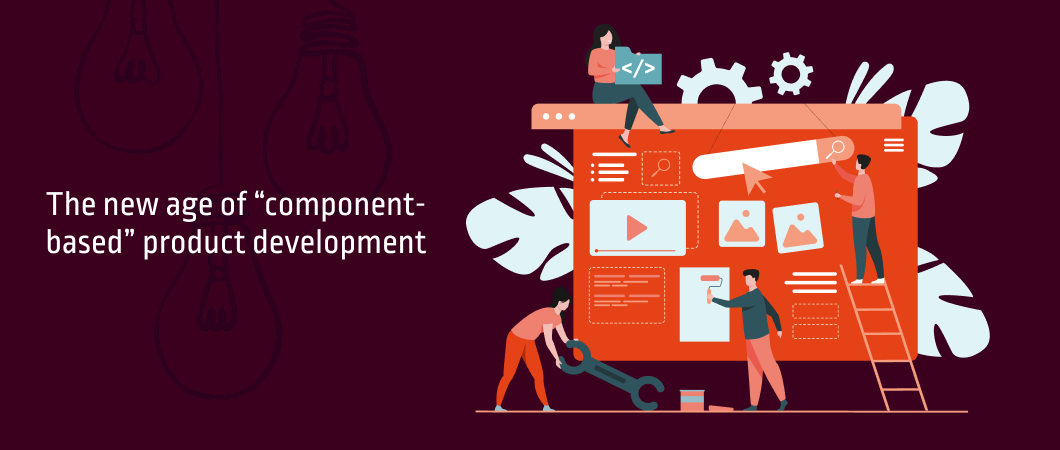Everyone is excited about Machine Learning. Google’s AlphaGo beat Go grandmaster Lee Sedol in an ancient game that is more complex than chess and became the first machine to so beat an expert. At the same time, we had the eminent Stephen Hawking warning us that machines would eat mankind. And then there is Elon Musk who plans to set AI free.
Whatever be the content of the conversation, it is becoming increasingly clear that Machine Learning is here to stay. That’s true of life and that’s true of many facets of business as well.
A crucial aspect of AI, Machine Learning is already improving mobile and web services and is proving to be a game-changer for many industries such as manufacturing, healthcare, mobility, banking, and finance, etc. It is hardly a surprise then to see reports that claim the Machine Learning market is expected to reach USD 19.40 Bn by 2023. The numbers may even turn out to be larger.
But I’m not here to discuss the rise of Machine Learning. Rather, I’m here to talk about ‘why’ Machine Learning is becoming popular and is seeing widespread adoption now. And, maybe, to suggest that there isn’t very much “new” about Machine Learning.
Machine Learning has been around for decades. The term was coined way back in 1959 when Arthur Samuel created one of the world’s first self-learning computer programs. Its ascension to prominence has been more rapid since 2015 when it first made an appearance in Gartner’s Hype Cycle. And has stayed in the spotlight since.
Coming back to the point, why is Machine Learning becoming the rage now despite its early existence? Let’s take the example of the light bulb here. Thomas Edison perfected the light bulb sometime in 1879. But did you know that it more than a generation for every home, business and industry across America to shine in this light? Interestingly, it took a couple of decades after 1882 when America set up one of the biggest power stations for electricity to reach every corner of the country.
I would suggest that the case is quite similar with Machine Learning too.
You may (or may not) agree when I say that we’ve always had the core tools. But haven’t maths and statistics that form the core of Machine Learning always been there? This math has not changed. The laws of mathematics and statistics are immutable. So, algorithms were there then as they are now. What are we doing differently now that Machine Learning has become the hot technology of today?
The growing sea of data
The answer lies in data. While data has always been there, it is today that we have optimized our capability to capture and harness it. Machine Learning depends entirely on data. The more data you have and the higher it’s quality, the more accurate the answers from the algorithm. As the volume of data in our world increases exponentially, Machine Learning grows in strength.
The crunch chronicles
So you have a lot of data. But are you being able to put it to good use?
It is only now over the past couple of years that we have made a deliberate shift from a knowledge-driven approach towards a data-driven approach. As the sea of data increased exponentially, so did our capability to clean, store, and process this data. We saw the rise of wearables, technologies such as Big Data and IoT, etc. that made data more readily available and meaningful.
However, despite this, data did not do much heavy lifting. That was because while we had the data, we did not have the prowess to crunch it. We also did not have the practical wherewithal to secure it. Without the computing power, having data made no difference.
And then came the cloud to give organizations the computing power they needed to crunch these large and complex data sets. Today we have the computation power we need, and more. We have robust data collection, preparation capabilities. We have the automation systems in place that assist iterative processes. We have the basic and advanced workflows in place to shorten the data feedback loop. All these make Machine Learning a workable solution today.
The data culture
While data scientists had been working on identifying ways in which Machine Learning would help the enterprise, there was one thing missing. Despite all the tech progress, the most important infrastructure element needed for Machine Learning success was absent. A data culture was wanting in most organizations.
A data culture goes beyond just having data. It is about the people and processes in the enterprise depending on collecting, storing, and leveraging data to make all decisions. With the data culture becoming more ingrained it was only a matter of time before data-driven decision-making became a part of the DNA of all organizations. The widespread growth of Machine Learning was a natural consequence of these factors coming together.
Application opportunities
Today Machine Learning is on the agenda of every serious company. Most enterprises with access to vast amounts of data are leveraging Machine Learning to glean intelligent insights and make important business decisions. As the application opportunities of Machine Learning are increasing, it is becoming more mainstream. A new survey conducted by MIT Technology Review Custom showed that 60% of those surveyed have already implemented a Machine Learning strategy. Another 18% plan to implement the same over 18 to 24 months.
Clearly, as businesses become more innovation-focused, technologies such as Machine Learning will become more essential to their survival. However, if you look closely enough, you’ll notice that at its core, Machine Learning remains driven by the timeless rules of math. It is just the rules of engagement have become more conducive for its widespread adoption.



